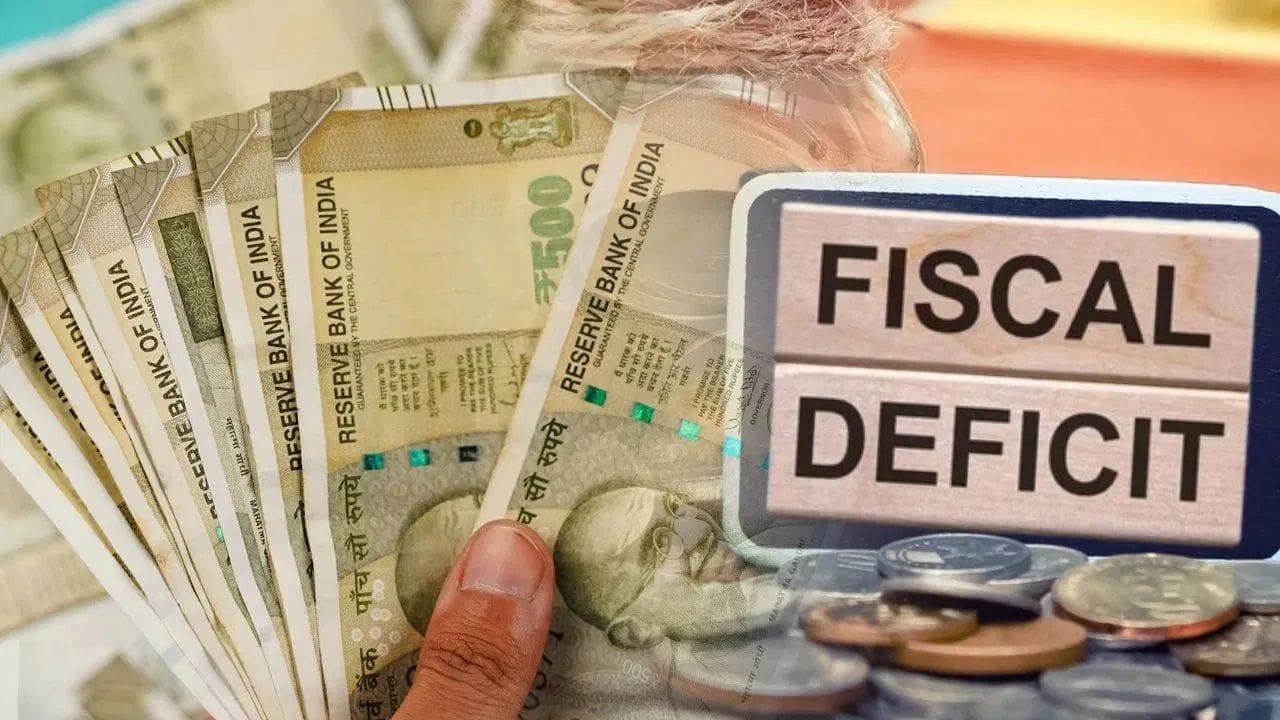Fiscal deficit
India’s fiscal deficit between April and October 2024 stood at Rs 8.25 lakh crore, which is 52.6% of the target for the entire financial year 2025-26. In the same period last year, it was 46.5%, which means this time the loss has increased rapidly. The government has set a target of reducing the fiscal deficit from 4.8% to 4.4% of GDP for this year.
Both earnings and expenses increased
According to government data, total receipts in April-October stood at Rs 18 lakh crore, while total government expenditure reached Rs 26.25 lakh crore. These are equal to 51.5% and 51.8% of the budget target respectively. Last year, during the same period, receipts were 53.7% and expenditure was 51.3%, which means this time the income was a little slower and the expenditure was a little higher.
Picture of tax and non-tax revenue
Revenue receipts stood at Rs 17.63 lakh crore, which included tax revenue of Rs 12.74 lakh crore and non-tax revenue of Rs 4.89 lakh crore. Tax revenue grew at a slightly slower pace than last year, while non-tax revenue saw a big jump.
Relief to government from RBI dividend
The main reason for increase in non-tax revenue is RBI’s huge dividend of Rs 2.69 lakh crore, which is much more than last year’s Rs 2.11 lakh crore. This has helped in reducing the pressure of fiscal deficit to some extent. Revenue deficit stood at Rs 2.44 lakh crore, which is about 47% of the target for the entire year.
Slow pace of economy and increased expectations
Finance Minister Nirmala Sitharaman has already clarified that the government is committed to bringing the fiscal deficit below 4.5% by 2026. This comes at a time when the government may increase expenditure to boost demand and is also expected to cut income tax, as the economy may register the slowest growth in the last four years.
2.46 lakh crore spent on subsidies
The government spent Rs 2.46 lakh crore on food, fertilizer and petroleum subsidies, which is about 64% of the annual target. This is slightly less than last year.
